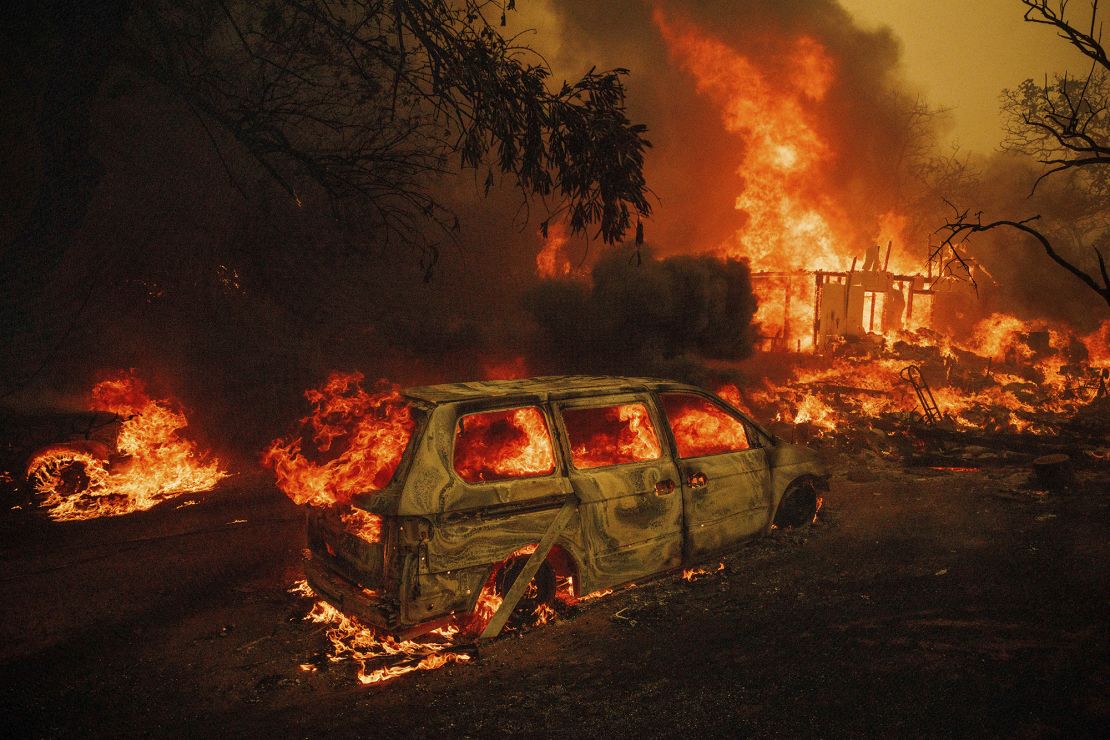The statement “We built our world for a climate that no longer exists” reflects a profound realization about the mismatch between the infrastructure and systems we’ve developed and the rapidly changing climate conditions we now face. Over the past century, many of our urban environments, transportation networks, and agricultural practices were designed with historical climate patterns in mind. However, as climate change accelerates, we are confronting new and unpredictable weather extremes, rising sea levels, and shifting ecological balances.

Source:- news 18
Source:- BBC news
Cities designed for stable weather conditions are now struggling with the impacts of increased heatwaves, flooding, and severe storms. Infrastructure like roads, bridges, and drainage systems, which were built based on past climate models, are often inadequate for current conditions. For instance, heavy rains that once were rare events are now becoming more frequent, leading to urban flooding and damage to property that was not anticipated in the original design.
Similarly, agricultural practices that depended on predictable weather patterns are being upended by shifting growing seasons and unpredictable precipitation. Crops that were once reliable are now facing new pests and diseases, and traditional irrigation methods may no longer be effective.
To address these challenges, we need to rethink and adapt our infrastructure and practices. This involves redesigning cities to handle extreme weather, investing in resilient infrastructure, and adopting sustainable agricultural methods. By acknowledging that our built environment was designed for a different climate, we can take proactive steps to create systems that are resilient and adaptable to the realities of our changing world.
Share your views in the comments

